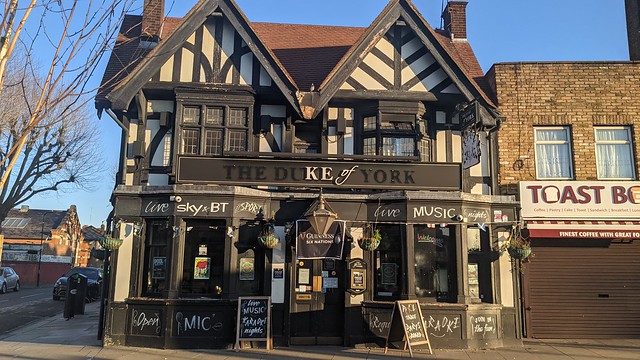I chose the title "Ways of Walking" for my original street photography website as it expressed two particular ideas: the style or state in which we walk, for example oblivious, alert, cautious, careless; but also the routes we take such as pre-determined journeys to work or more serendipitous ones when we have the luxury of time to follow something that captures our attention, a fragrance, a face, a memory.
In recent years I have found myself blurring the planned and random nature of my walks around London. The area I am most fascinated by is the West End, in particular the streets roughly bounded to the north around Oxford Street, to the east by Kingsway, the south by the Embankment and to the west at Park Lane. Within that boundary the direction I take is initially driven by the position of the sun. Staring at the sky above Centrepoint I sometimes think I'm as acutely aware of the weather, the change of light of chasing clouds, as any landscape or wildlife photographer.Once the direction, west to east along Piccadilly for example, is set then it's a question of timing. Lunchtime affords an opportunity for a hasty assignation between office workers outside Green Park; a language school spills out onto Shaftesbury Avenue between classes, the students a synthesis of world cultures; an eddy around the news stand outside Leicester Square tube at a sign of the first edition of the day's Evening Standard.
Lately I've taken to Regents Street. I love its curve and breadth. The consistency of the style and height of the buildings are unusual for a London street. Its alignment, a bit north/south, a little east/west, means the sunlight can always find some stretch of pavement to illuminate. It also culminates at Oxford Circus, a wonderful gateway to one of the major arteries of London, nourished by the underground station's stairways recycling bodies in and out. This makes it sound like an amorphous mass of people but I feel that the architecture here doesn't diminish the individual and there is still an intimacy about this place that keeps me coming back.







